With more than 120 active volcanoes, Indonesia is a hive of seismic activity. An archipelago dotted across an area the width of the United States, every vista is backed by the profile of a nearby volcano.
Read Audley Travel’s specialist Mat Hall memories of volcano hiking in Indonesia and experiencing the volcanic geology first-hand.
This article may contain affiliate links that provide commission on purchases you make at no extra cost to you. As an Amazon Associate I earn from qualifying purchases.
After first visiting Indonesia, I compared my photos to a friend’s pictures, taken a few years before. They both showed the same landscapes, but their features differed dramatically. For me, this really piqued my fascination with a country that is continuously being altered by volcanic activity.
Why go volcano hiking in Indonesia?
It’s possible to see volcanic peaks all over Indonesia. Rather than simply enjoying the scenery, I’d argue that you can’t fully appreciate them without setting foot on one. Standing on volcanic lava rocks, surrounded by scattered ash, you can sometimes feel the movement of the earth below. Up close, the rumbling of a volcano sounds like a million old cars trying to start up at once.
Each volcano has its own unique geological features, so I’d suggest combining a few. For example, there’s a stark contrast in topography between the sprawling volcanic complex at Ijen and the perfect cone of Krakatoa. The calderas (volcanic craters caused by a collapsing magna chamber) can vary in size from a few metres, to hundreds of miles.
The smoking crater of Mount Bromo
Waking up at 3am, my guide picked me up in a 4×4 and drove me into Bromo Tengger Semeru National Park on the island of Java. En route we passed a checkpoint informing us there was no volcanic activity occurring. We were safe to continue. Driving up to a viewpoint, we find a position and wait for the sun rise over the four volcanic peaks of the park. Semeru, the highest peak, erupts every ten minutes, almost to the clock, with a puff of smoke.
From here, I began the one hour hike up to the rim of Bromo. The volcano itself lies in a vast sandy plain known as the sea of sands. Walking along this dusty grey moonscape, the side of the volcano looms up ahead, with steps cut into the side of the rock. On reaching the rim, I could see right down onto the smoking plateau of white ash. The smoke continuously billows from its depths and some of the rumbles were so loud they startled fellow visitors.
Nearby is a simple Hindu temple. It’s easy to miss – built out of volcanic rock, it blends into the landscape beyond. The volcano is worshipped by local Hindus who celebrate Yadnya Kasada each year in June. Pilgrims line the edge of the crater, throwing offerings into its depths to appease the god of the mountain.
Visit the highest acidic lake in the world at Mount Ijen
Perched right on the eastern point of Java, on a clear day you can see Bali from Mount Ijen’s peak. Part of an extensive volcanic landscape, Mount Ijen is the active volcano within the Ijen caldera, the largest on Java.
It was another early start. I woke at 5am and my guide drove me to ‘base camp’, nestled at the base of the volcano. Climbing at full moon, the path was so well lit I didn’t turn my torch on. I’d suggest planning a trip around the full moon if you have the flexibility: hiking by the cool light of the moon is quite surreal.
After an hour’s climb, you’ll come to a group of enterprising locals who have set up a camp offering tea, coffee and biscuits. You can refuel here before heading on to the rim. A final push to the top takes another hour before you’re on a narrow ridge overlooking the tumult below.
On my visit, smoke covered the caldera completely, making for a very spooky atmosphere. If you’re lucky, the smoke will clear and you’ll be able to see the turquoise lake filling the crater. Its unreal shade is caused by its acidity levels. The extreme acidity, sometimes with a pH as low as 0.5, is caused by hydrothermal waters rising from the magma chambers below.
Neon blue light phenomenon
The most unique feature is the lake-side solfatara. This is a geological phenomenon where sulphurous gasses emerge from vents in the caldera and, on meeting oxygen, burn with a neon blue light.
I thought my wake-up call was early, but my guide explained that sulphur miners arrive at 2am to begin work. Descending steep paths right down into the volcano, they hew chunks of sulphur before carrying it away in baskets on their shoulders. It’s dangerous work. Many miners carry more than their own bodyweight in sulphur on the return leg.
Hiking back down the volcano in daylight, I surveyed the surrounding landscape. It was covered in a lush blanket of trees and shrubs. Mineral-rich volcanic ash breaks down into the soil creating some of the most fertile land on earth.
Enjoy a volcano-cooked dinner at Mount Batur
On the island of Bali, Mount Batur juts above a landscape pockmarked with craters from countless previous eruptions. It currently sits between two merged calderas containing a crescent-shaped lake. From the viewpoint you can see numerous small villages and roads weaving their way around the lake, drawn by the populous fish and clean water.
Bali attracts more visitors than any other Indonesian island, so Batur can get quite busy. My guide suggested we visit at sunset rather than sunrise. The volcano also steams more in the evening, adding to the ambience. The climb is more gentle than other peaks, taking about two hours to reach the summit along well marked paths. From the top you can see the lake and villages stretching across the caldera – a real contrast to more desolate volcanoes.
Whilst waiting for the sun to set, my guide prepared a meal. Gathering handfuls of grass, he placed them into a nearby vent, creating a traditional oven. Gingerly putting my hand in, I could feel the heat from the earth below. A couple of eggs were popped in and, in minutes, we were enjoying hard boiled eggs with our pre-cooked rice and noodles. For dessert we enjoyed cooked bananas served with chocolate.
Sleep at the foot of an active volcano on Krakatoa
In my opinion, Krakatoa is the most unique volcano you can visit. On the hour and a half boat journey from Java’s mainland, my guide explained the history of the volcano. Once a large island, in 1883 a massive eruption split the island of Krakatoa into four small islands. The noise of the eruption is considered the loudest sound recorded in human history, and the pressure waves were recorded on barometers all over the world.
We were in fact visiting Anak Krakatoa, the ‘little child’ of the original Krakatoa volcano. As we rounded Rakata, another island fragment of the original volcano, Anak Krakatoa came into view. For me, it’s the very image of a stereotypical volcano – a neat cone shape jutting straight up from the sea.
Camping on the beach
Pulling up onto the beach, my guide began setting up camp. The island is completely undeveloped so we were staying in tents on the coast. Most of the island is covered in barren black volcanic rock but on the east side of the island, a small forest has managed to grow.
Hiking up the side of the volcano, we followed a safe, set route. Aside from a few scraggly trees at the base, we walked through a desolate wasteland. Volcanic rock changes shade with age, scarring the sides of the volcano with lines, marking each eruption. About halfway up, we stopped. We’d reached a viewpoint, the highest we could safely go. Any further, my guide tells me, and my shoes would melt.
We stopped with the smoking peak in the distance, steam coming off the ground a little way in front. For me, the view is one of the best I’ve seen – a completely undisturbed panorama of Anak Krakatoa’s sister fragments dotted in the ocean, with no signs of life.
A worthwhile addition to hiking the volcano, the nearby island of Rakata shelters some dazzling coral. Taking a short boat ride from Anak Krakatoa, we pulled up to the coast of Rakata, which is edged with steep maroon lava walls. Above the water, the lava rock is barren – below the surface, the contrast is stunning. Lava is particularly nutritious for coral, encouraging the vibrant array of coral hiding underwater. Turtles glide over the coral whilst neon stripped angel fish dart in-between.
Add a visit to Singapore
It’s possible to fly straight into Indonesia’s capital Jakarta, but I’d suggest flying into Singapore. The array of flight options make it more convenient for most, but it also makes a wonderful introduction to southeast Asia. A modern, English-speaking city with a slick transport system, it’s an easy place to explore. If this makes it sound a little sterile – it isn’t.
It’s a city I’m particularly fond of. Singapore may be a modern metropolis, but its skyscrapers are intertwined with temples and colonial architecture. Visit the pastel rows of restored colonial mansions, wander the botanical gardens or sample some of the local dishes in food halls nicknamed ‘hawker markets’.
Visit one of Indonesia’s beaches
I’d recommend finishing a volcano hiking trip to Indonesia with a few nights on the beach. The beach of Sanur, in the south of Bali, is sheltered by a reef, creating a calm cove. This feeds into the area’s general ambience, with relaxed beach bars and some serene sunsets. The food stands out for me, with freshly caught fish sold on tiny stalls dotted along the coast.
If you’re looking for a longer beach stay, I’d suggest islands hopping to Lombok, to the east of Bali, with quieter beaches and some luxe hotels.
When is the best time of year for hiking volcanoes?
For the best experience, late April through to October works well as the skies will be clear and there’s little rain. The months of July and August can be quite busy, especially at weekends when locals take day trips out to the volcanoes.
What do you need to bring?
When visiting a volcano for sunrise, it can be chilly first thing in the morning, with temperatures dipping to 5C (41F). I’d recommend a warm jacket and lots of layers – it gets warmer quite quickly once the sun is up. A scarf or balaclava is also handy to protect your face from ash in the air if it’s windy.
Lava rock is very smooth so can be a little slippery. I would suggest walking shoes with a good grip, and climbing poles to help with steep, uphill sections.
Of course, having your camera close to hand is vital as you’ll have the opportunity to capture some incredible images.
Mat Hall is a Travel Specialist for Audley Travel. Audley trips don’t come off the shelf – they’re tailor-made down to the finest detail. When planning a trip with us, you will speak to a destination specialist who has either lived or travelled extensively within the country or region that you are visiting. They will create a bespoke trip based on your tastes, interests and budget and with an absolute commitment to providing quality travel experiences.
Read More articles from Audley Travel
A guide to gorilla trekking in Rwanda
Russia for Art Lovers – where to go in Moscow, St Petersburg and the Golden Ring
A first timer’s guide to Oman
Pin It
This article was brought to you in partnership* with Audley Travel
* More info on my policies page
This article is originally published at Heatheronhertravels.com

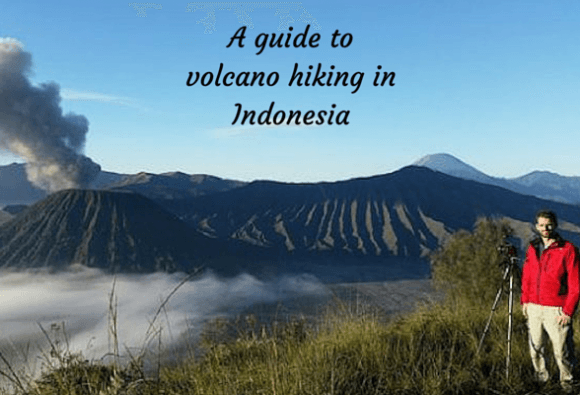
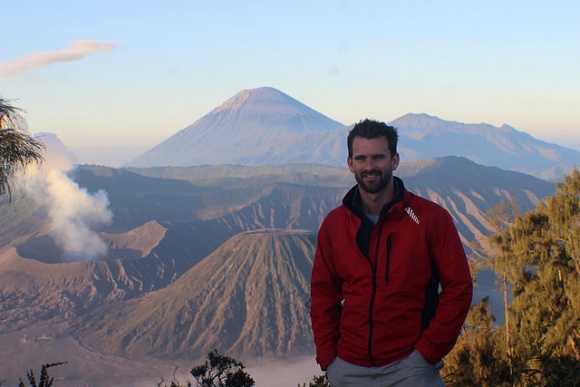
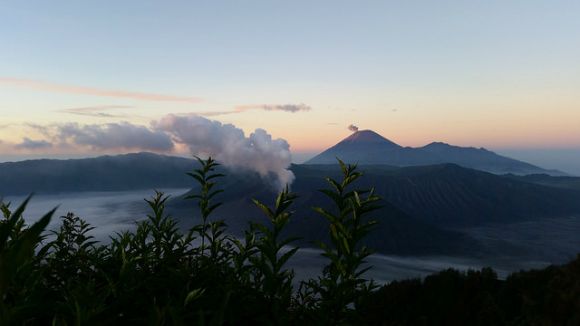
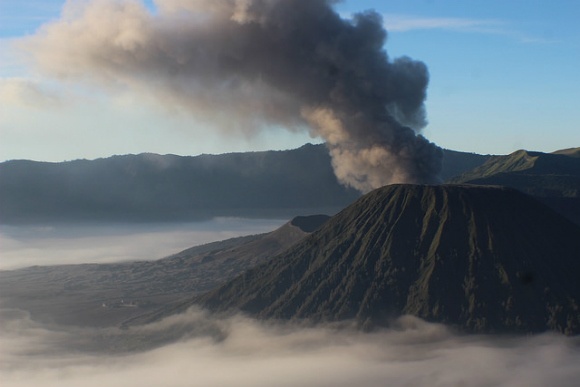
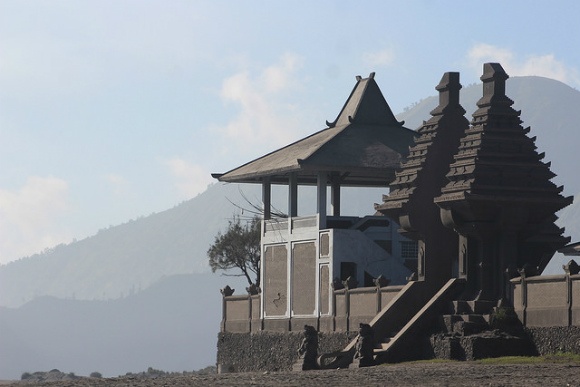
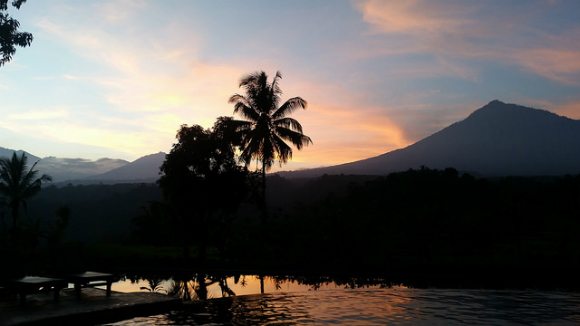
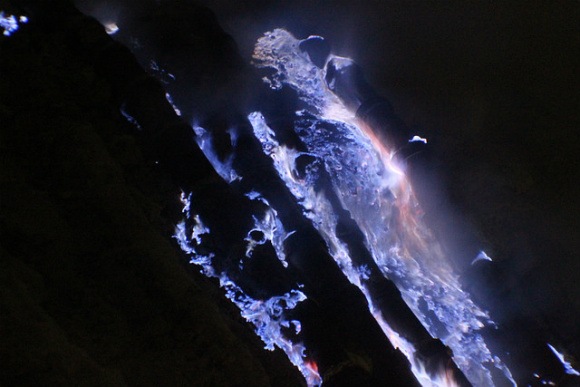
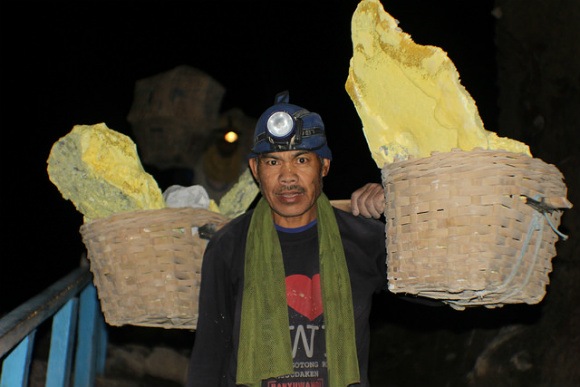
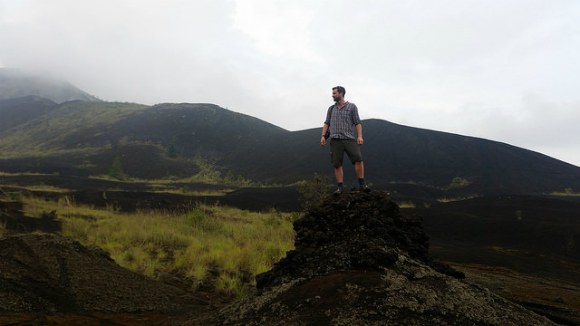
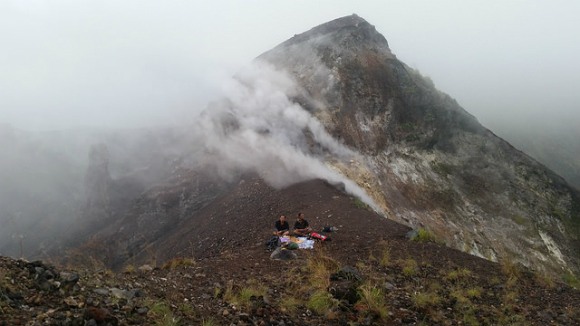
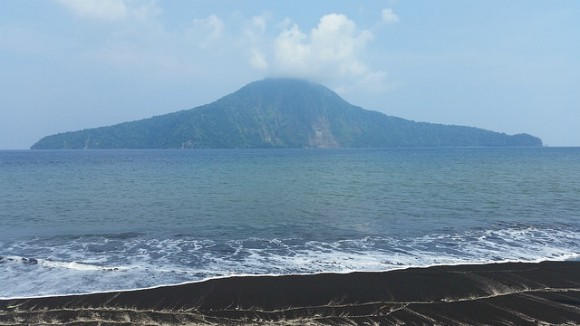
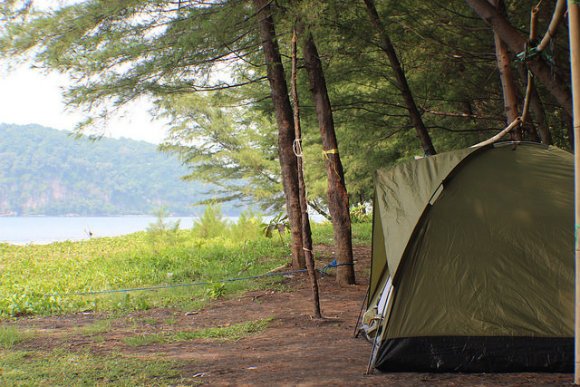
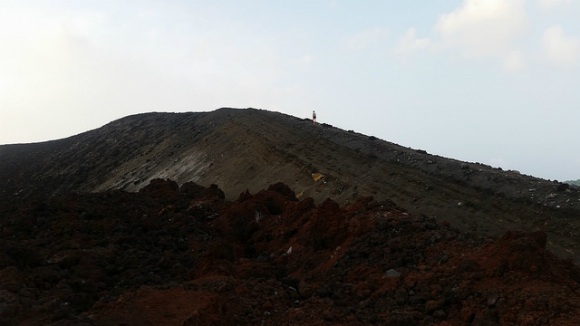
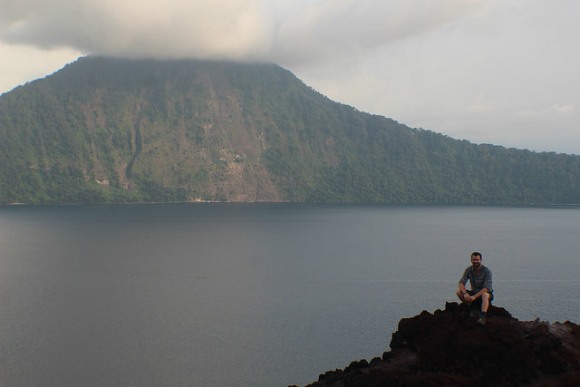
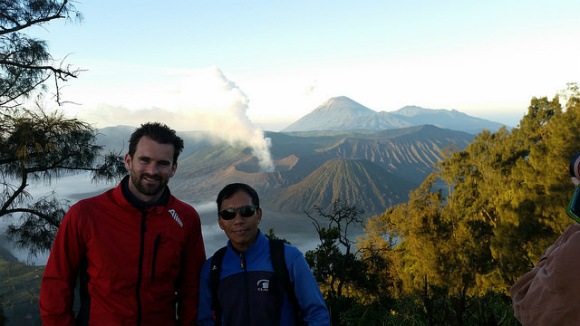
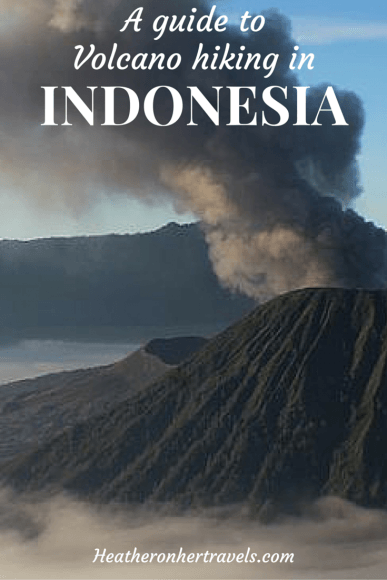

Andristour
Saturday 22nd of February 2020
always be careful if you want to go to Bromo, prepare trekking shoes, rain jackets, jackets, and masks, because Mount Bromo is quite extreme weather
cornerforu
Thursday 26th of April 2018
nice picture mamm, what beautiful view of volcano. really amazing guide. i want to visit this place before going to die.... keep it up...
James Parker
Sunday 17th of July 2016
Thinking of taking a Tauck tour next spring. choices are between... Small ship cruise Venice & the Dalmatian Coast or Land tour Italian Lakes, Venice, Florence & Rome.
Thinking the small ship cruise may be the better bargain with more meals included for a $100 or so more. Though the Land cruise may have more open time and exercise.
I like Tauck and they have exceeded my expectations every time.
Any suggestions are appreciated
James Parker Comely1 on SU and @tobeannounced on twitter I follow you and read your blog.
Heather Cowper
Monday 18th of July 2016
@james I haven't travelled with Tauck but have heard good things about them. I think your choice will depend on whether you enjoy dipping into lots of different destinations, perhaps with a view to exploring them in more depth later, or doing one area in more depth. Personally I think a small ship cruise that puts you into the heart of Venice would be wonderful.